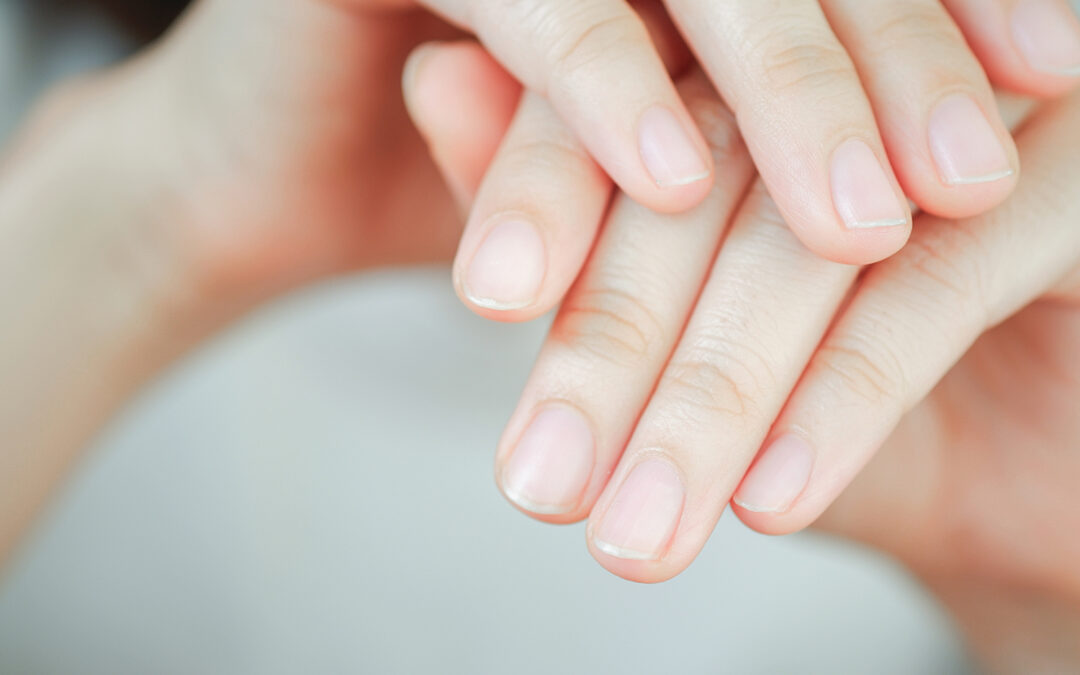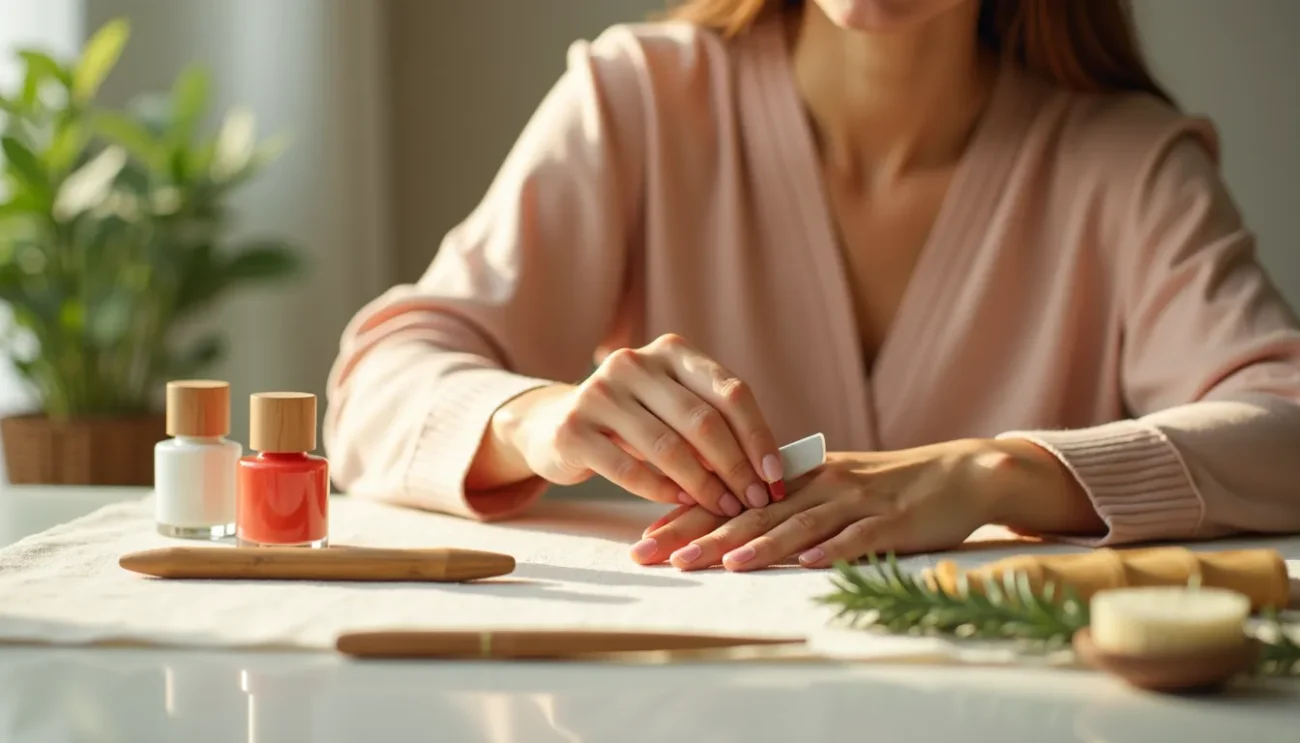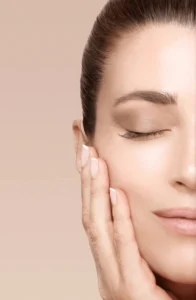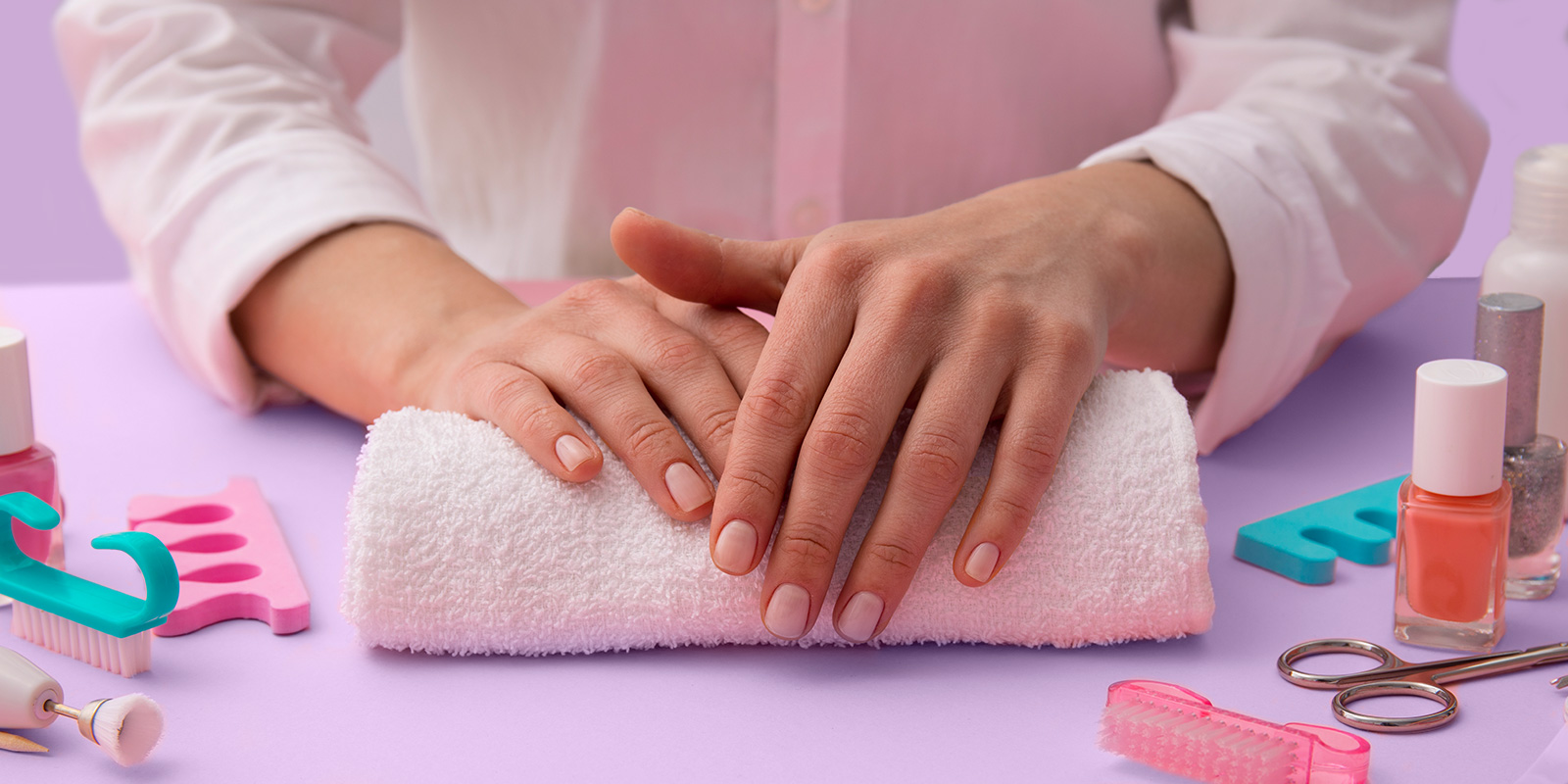Nails play an essential role in a woman’s overall appearance and confidence. Well-maintained nails not only reflect good hygiene but also serve as a canvas for creative expression. Whether you prefer a minimalist look or intricate nail art, proper nail care is essential to achieve healthy, beautiful nails. In this guide, we’ll explore everything you need to know about nail care, from maintaining nail health to the latest beauty trends.
1. Understanding Nail Health
Healthy nails are strong, smooth, and free from discoloration or ridges. Before diving into nail care routines, it’s essential to understand the structure of your nails:
- Nail Plate: The visible part of the nail.
- Nail Bed: The skin beneath the nail plate.
- Cuticle: The protective layer of skin at the base of the nail.
- Lunula: The white, crescent-shaped area near the cuticle.
- Nail Matrix: The area where nail growth begins.
Signs of Healthy Nails
- Smooth texture without pits or grooves.
- Uniform color without spots or streaks.
- Strong but flexible structure.
Common Nail Issues
- Brittle Nails: Often caused by excessive moisture loss or overuse of harsh chemicals.
- Yellowing: Linked to smoking, nail polish stains, or fungal infections.
- Ridges: May indicate aging, nutrient deficiencies, or medical conditions.
- Peeling or Splitting: Resulting from dehydration or physical trauma.

2. Nail Care Routine for Healthy Nails
a. Daily Care
- Moisturize Regularly: Use hand creams or cuticle oils enriched with vitamin E to prevent dryness.
- Clean Nails Gently: Avoid harsh scrubbing to prevent damaging the nail bed.
- Trim Nails Properly: Cut nails straight across to prevent ingrown nails.
- Avoid Nail Biting: This habit can weaken nails and increase the risk of infections.
b. Weekly Care
- File Nails: Use a fine-grit file to shape nails gently. Avoid sawing back and forth.
- Soak Nails: Soaking nails in warm water with a few drops of olive oil softens cuticles and strengthens nails.
- Push Back Cuticles: Use a wooden cuticle stick to gently push back cuticles without cutting them.
- Polish Change: Remove old nail polish using an acetone-free remover.
c. Monthly Care
- Deep Conditioning: Apply a nail mask or treatment to nourish and repair nails.
- Professional Manicures: Visit a salon for thorough cleaning, shaping, and pampering.
3. Nail-Friendly Diet
Nail health is deeply connected to your overall nutrition. A balanced diet rich in essential vitamins and minerals can significantly enhance nail strength and appearance.
Key Nutrients for Healthy Nails
- Biotin: Found in eggs, nuts, and bananas, biotin strengthens nails and promotes growth.
- Iron: Red meat, spinach, and lentils help prevent brittle nails caused by anemia.
- Zinc: Nuts, seeds, and whole grains support healthy nail growth.
- Vitamin E: Found in almonds, avocados, and sunflower seeds, it promotes hydration and strength.
- Omega-3 Fatty Acids: Fatty fish and walnuts reduce inflammation and improve nail flexibility.
4. Choosing the Right Nail Products
Selecting high-quality nail products is vital for maintaining nail health and achieving beautiful results.
a. Nail Polishes
- Opt for polishes free from harmful chemicals like formaldehyde, toluene, and dibutyl phthalate (DBP).
- Choose breathable formulas that allow oxygen to reach the nail bed.
b. Base and Top Coats
- A good base coat prevents staining and strengthens nails.
- Top coats seal the polish, adding shine and extending its wear.
c. Nail Strengtheners
- Look for formulas with keratin or calcium to repair and fortify weak nails.
d. Nail Polish Removers
- Choose acetone-free removers to avoid excessive drying.
e. Cuticle Care Products
- Invest in nourishing cuticle oils and creams to maintain soft, healthy cuticles.

5. Preventing Common Nail Problems
a. Protecting Nails
- Wear Gloves: Use gloves while doing household chores to shield nails from harsh chemicals and water exposure.
- Avoid Overuse of Gels and Acrylics: Frequent application can weaken nails and cause damage.
- Limit Water Exposure: Prolonged exposure to water can lead to peeling or splitting.
b. Dealing with Fungal Infections
- Keep nails dry and clean to prevent fungal growth.
- Use antifungal treatments promptly if signs of infection appear.
c. Managing Stains and Discoloration
- Soak nails in a mixture of baking soda and lemon juice to naturally whiten them.
- Always use a base coat to protect nails from polish stains.
6. Nail Art and Styling Tips
a. Trends in Nail Art
- Minimalist Designs: Simple geometric patterns and pastel colors.
- Metallic Finishes: Chrome and gold accents for a modern look.
- 3D Embellishments: Rhinestones, pearls, and textured designs.
- Gradient or Ombre Nails: Subtle transitions between colors.
- Seasonal Themes: Festive or seasonal patterns to match holidays and events.
b. DIY Nail Art Tips
- Use fine brushes or dotting tools for precision.
- Invest in high-quality nail art stickers for easy designs.
- Practice on a nail art wheel to perfect techniques before applying them.
- Seal your designs with a clear top coat for longevity.

7. Eco-Friendly Nail Care
Sustainable and eco-friendly options are becoming increasingly popular in the beauty industry.
a. Vegan and Cruelty-Free Products
- Look for brands certified by organizations like PETA or Leaping Bunny.
b. Toxin-Free Nail Polishes
- “5-Free” or “10-Free” labels indicate the absence of harmful chemicals.
c. Refillable Polish Bottles
- Some brands offer refillable options to reduce waste.
d. DIY Treatments
- Use natural ingredients like coconut oil, honey, or aloe vera for nail masks and cuticle care.
8. Professional Nail Services
a. Manicures
- Regular manicures keep nails clean, shaped, and moisturized.
- Popular types include classic, French, and gel manicures.
b. Pedicures
- Don’t neglect your toenails. Pedicures improve foot health and appearance.
c. Nail Extensions
- Acrylic and gel extensions can add length and style but require proper maintenance to avoid damage.
d. Nail Spa Treatments
- Indulge in paraffin wax treatments or hot oil soaks for added hydration and relaxation.
9. Nail Care Myths Debunked
a. Myth: Nails Need to Breathe
- Fact: Nails are made of keratin and do not need to breathe. Regular moisturizing is what they need.
b. Myth: White Spots Indicate Calcium Deficiency
- Fact: White spots are usually caused by trauma to the nail, not a lack of calcium.
c. Myth: Cutting Cuticles is Healthy
- Fact: Cutting cuticles can lead to infections. Instead, gently push them back.
10. Maintaining Nail Care Habits
- Set a Routine: Dedicate specific days for nail care.
- Stay Hydrated: Drink plenty of water to keep nails hydrated.
- Track Progress: Take photos to monitor improvements in nail health.
- Be Patient: Nail growth and recovery take time; consistent care is key.
Conclusion
Nail care for women goes beyond aesthetics; it’s about nurturing your nails for long-term health and beauty. By following proper routines, choosing high-quality products, and embracing sustainable practices, you can achieve the nails of your dreams. Remember, your nails are an extension of your style and personality, so let them shine!














